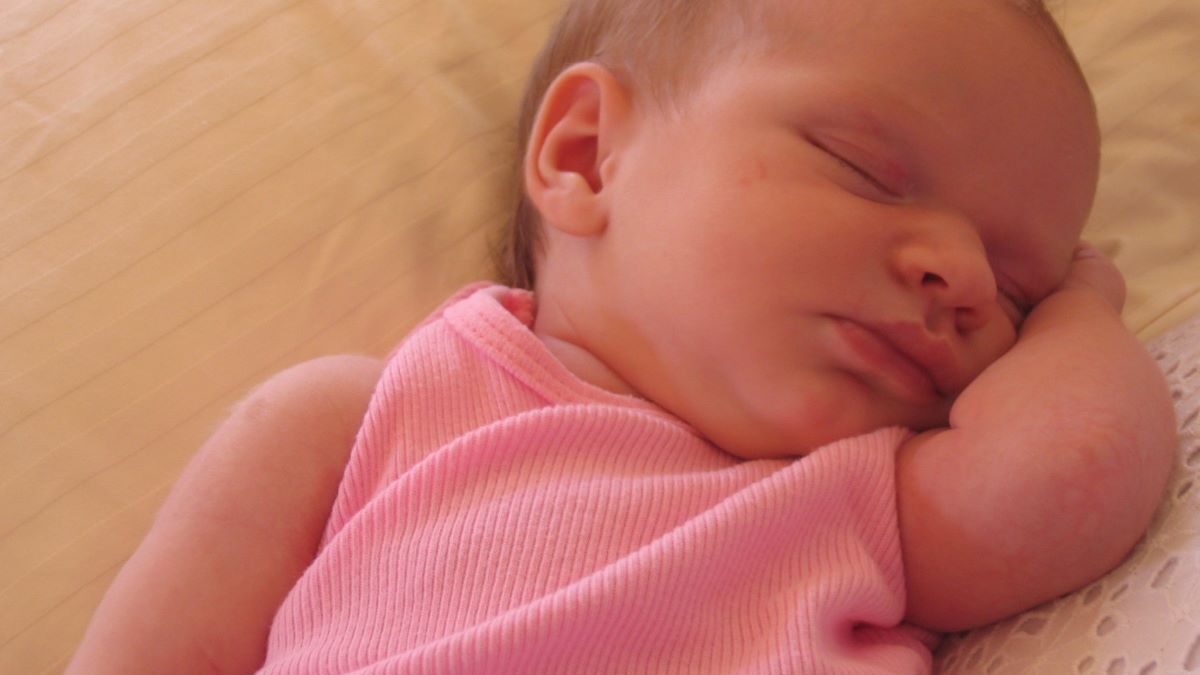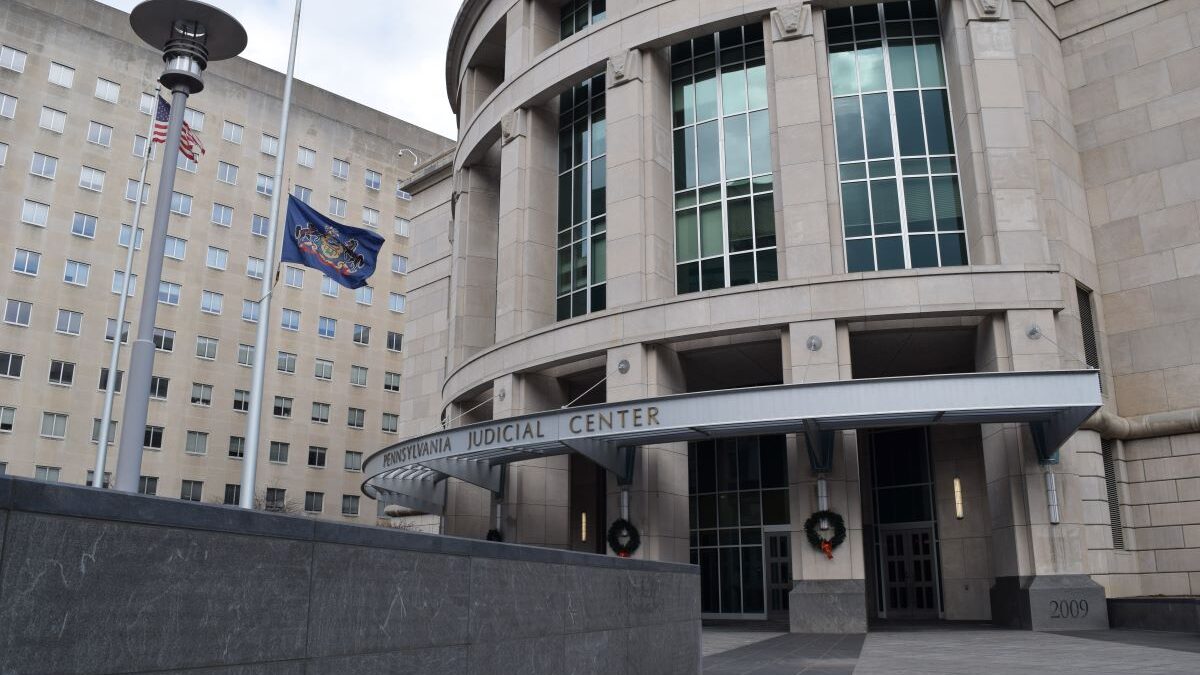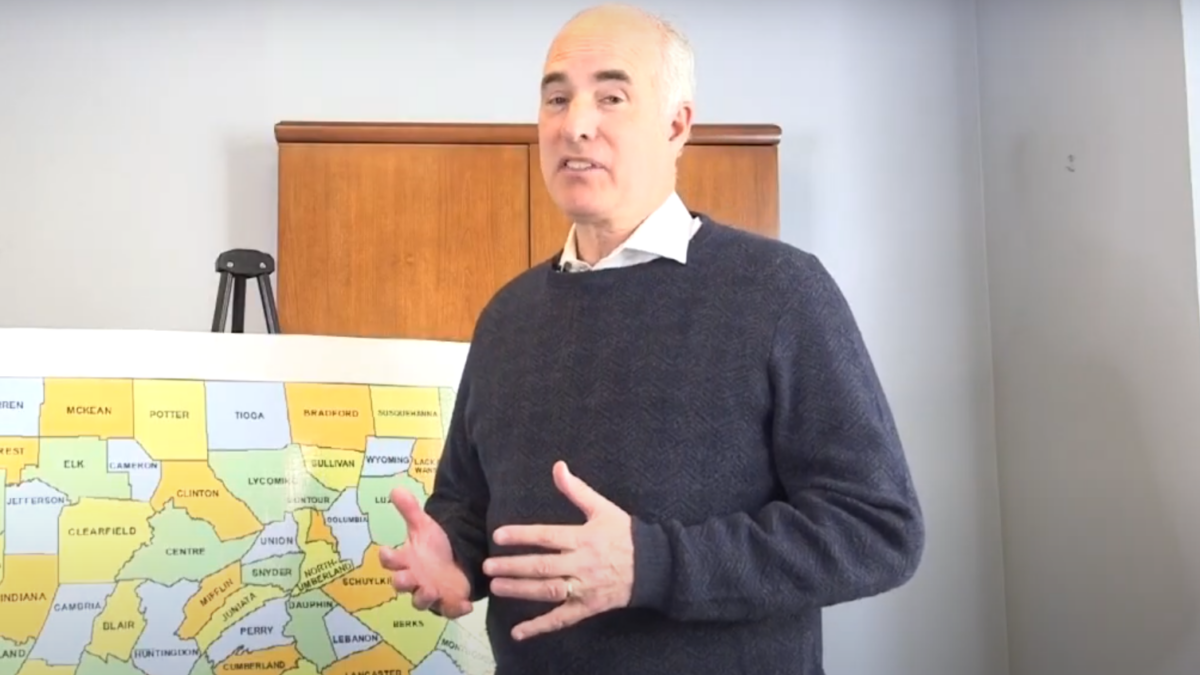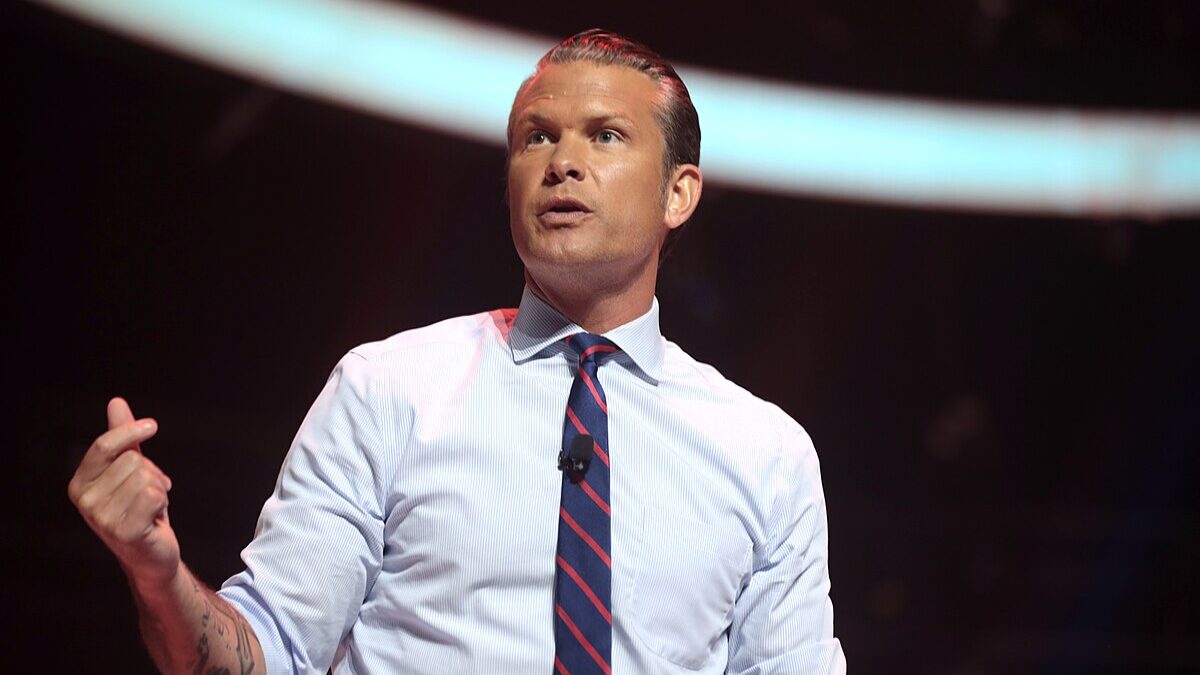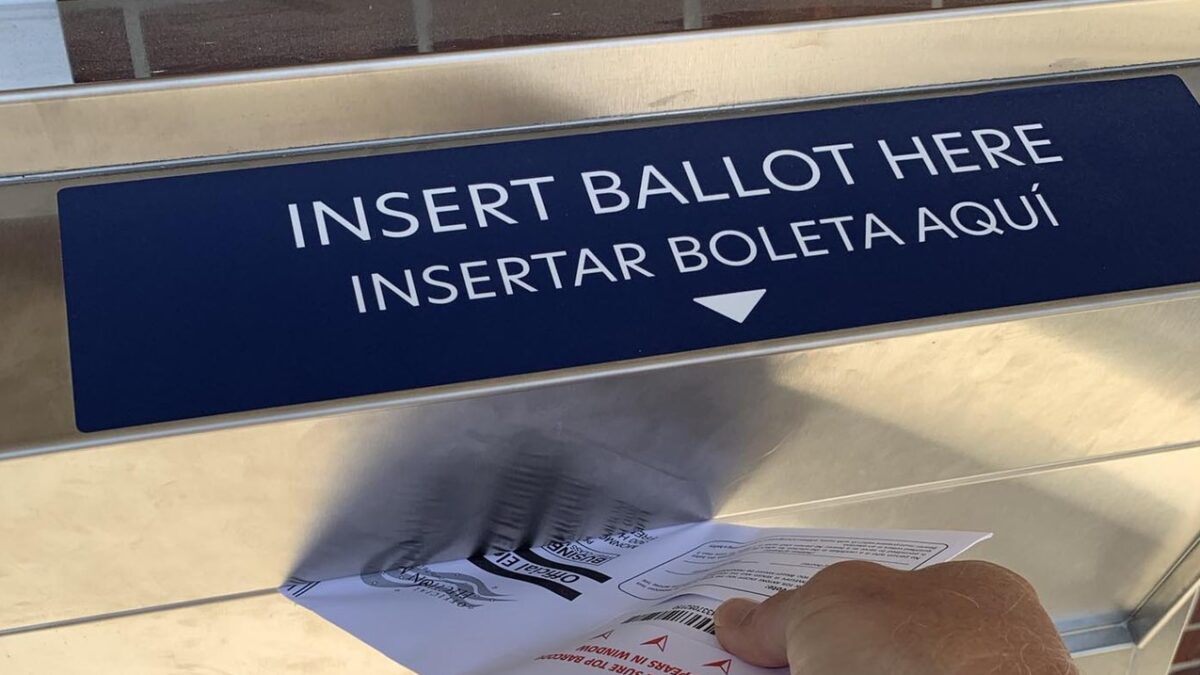
If you’ve ever taken a class in comparative literature, you learned why stories play such a critical role in cultures around the globe: stories are important not only for what truths they tell but also what they say about the culture from which they come. The tales we craft are essential for forming and shaping the society around us.
That’s why we all should pay attention to a new storytelling campaign launched by abortion supporters, and consider what these stories say about all the rest of us. If pro-life advocates wish to explain their understanding of human life to our society, they must first understand what tales the other half is weaving before they can know what to say in response to the society that has learned to tolerate and even welcome abortion.
On October 28 in a Washington, D.C. coffeehouse, abortion activists gathered to share their personal experiences with abortion.
“Stories are incredibly important,” explained Ilyse Hogue, president of NARAL Pro-Choice America to a crowd of young urbanites, “because they allow the person dealing with the abstraction to sympathize with the character. Put yourself in her shoes.”
Over the past few generations, Hogue continued, the narrative of women’s advancements have contained abortion as a major plot point, but abortion was presented as a tragic conflict. The conundrum facing abortion supporters is that they “want people to have this choice, but there are no happy endings” to stories containing abortion.
Abortion Pride
The event was part of the “1 in 3” campaign, which refers to one in three women having abortions during their lifetime. As the “1 in 3” site explains:
The 1 in 3 Campaign is a grassroots movement to start a new conversation about abortion—telling our stories, on our own terms. Together, we can end the stigma and shame women are made to feel about abortion. As we share our stories we begin to build a culture of compassion, empathy, and support for access to basic health care…
By encouraging women who have had abortions to end their silence, share their stories, and start a new and more personal conversation about abortion in our society, the 1 in 3 Campaign will help create a more enabling cultural environment for the policy and legal work of the abortion rights movement.
Hogue told the crowd in D.C. that “people have got to believe that change is possible” when talking about the narratives surrounding abortion in the country, and that the stories they tell must have a different perspective if such change is going to happen.
Abortion is only an unhappy ending for a woman, Hogue argued, “if you believe the woman’s story ends the moment she has an abortion.”
“Just as our lives don’t start the moment we conceive, they don’t end the moment we decide to terminate a pregnancy,” she proclaimed.
Hogue also emphasized to the young professionals and students present what it was they were fighting against. “Every good story that mobilizes needs a villain,” she said, and for those in favor of protecting abortion, that villain is the “silence and stigma” surrounding abortion, Hogue said.
Deb Hauser, president of Advocates for Youth and chief architect of the national “1 in 3” campaign, prefaced Hogue’s talk with a tale of her own.
“This is a campaign across the country to break through the silence and the stigma,” she said, emphasizing that “these are complex stories and people can’t walk in our shoes.”
Just as family legends are passed on from elder to child, “abortion is something that women share across the generations” Hauser said. By sharing tales of abortion in over 130 events in over 30 states and 100 college campuses, this project will place “women and their families at the center,” and women will “feel less isolated” by their abortion experience.
This introduction served as a backdrop for the retelling of tales collected by Advocates for Youth from women across the country and women in the back room of that coffeeshop. They told of loneliness, relief, and the importance of ownership over their lives and ownership of their bodies. There were lamentations for the situations they found themselves in, praises for laws that allowed them to end their pregnancy and speculation as to why contraception failed when it was needed most.
Speakers spoke to the shame and “catastrophe” of dealing with abortion and its aftermath, insisted that “no, it’s not murder”. They further revealed that when they think of abortion, they “think to the feelings of unwantedness” from growing up with an abusive and distant family.
Hauser spoke first, telling her own story of how husband left her and her young son right before she discovered she was pregnant with a second child. Choosing to have an abortion “was the best choice given my circumstances”, she said.
Another woman read a story of a couple who discovered their unborn child had disabling and deadly genetic defects. Aborting the child before it was born “was better than the pain” the child and the parents would face if they continued the pregnancy and gave birth to the child, she read.
After the collected stories were read, some women shared their personal experiences with those in the room.
They painted pictures of nuns in blue habits, clutching rosaries, and disapproving of their choice; and of parents who made their decision to abort a child knowledge within their families.They lamented the disapproval from family, friends and society and cited this disapproval as reasons for why they must push for acceptance of and pride in abortions.
“I think first of the future future children whose parents did not want them,” said one commentator, who had been abused as a child. Abortion “is what it is. It’s an 8-letter word that we should never be afraid to say,” cried a poet.
Telling Stories
When we hear a story, we can only know what the storyteller tells us. We cannot know what details are omitted, what elements are exaggerated for emphasis and what is purely fictional. Still, when we encounter this narrow and crafted perspective, we often connect our own experiences and knowledge of reality to the experiences and vision portrayed in the tale.
We weigh this new information, these new perspectives, against the knowledge we have previously gathered. By allowing these things we vicariously experience to interplay with our own, each new story has the opportunity to slightly alter our perception, to change our point of view.
This is where Hogue and the others involved in the “1 in 3” campaign are correct: stories are incredibly important. And this is why pro-life advocates must both understand these stories and understand what they say about society if we wish to to change society’s narrative about abortion, the dignity of women, and the value of all persons — including the unborn.
We must first try to understand them at face value: These are the stories of the women involved in the “1 in 3” campaign, and we cannot rewrite their tales for them. While many of the women expressed dismay and regret that they found themselves in difficult situations, the stories selected to be part of this campaign are clear in saying that they are grateful for their experience.
Also constant among the stories chosen for this campaign is the assertion that others shamed and judged them because of their choices.
We can also note what is missing from this group of tales — stories of regret for one’s abortion, stories of persons who were offered up for adoption, stories of individuals who survived an abortion attempt. We hear of stigma and suffering surrounding abortion, but not of the discrimination surrounding women who carried a pregnancy to term to the detriment of her career, of the girl who gave birth out of wedlock, or of the couple who faced judgment and hardship because they decided to give birth to a child with developmental or physical disabilities rather than kill it.
What these stories say, and what they don’t, offers us a window into the trends that define our whole society—a society of which both the pro-life and pro-choice movements are a part.
Choice Over Everything
The society described by these stories is first and foremost a society in which people are defined by their choices. People in this view of society are judged and defined by what they have done, and value is a characteristic conferred by the reception of one’s choices, rather than innately present.
This means that affirmation of choice is critical for one’s value as a person, and the ability to have complete control over one’s life, circumstances and choices is necessary to ensure one’s own dignity. It is your body, and you must do with it what you want, lest you surrender your worth as a person. The imperialism of choice in this world is merciless. One misstep will define you, and it will follow you, and determine who you are. There is no room for forgiveness, only acceptance; there is no path for mercy, only a judgment that is in your favor, rather than against.
For this reason, a nun praying outside of a clinic for an end to abortion cannot be merciful, because there is only judgment of a person as a sum of their choices, rather than a love of a person in spite of mistakes.
Because choice comes with such a high cost, individuals are “pathologically terrified of risk.” In the society imagined in these pieces, where one wrong step will define you for lifeand this reality is coupled with circumstances outside of one’s control, thechoices you make will define you for life. Then any unknown, especially one as large as a child, is too much of a burden to bear without the proper planning and sculpting of the child’s life to fit the vision of yourself that you wish to create.
In this case, an “unwanted” or “imperfect” child poses a threat not only to what a person does, but who that person fundamentally is and their value within society. In such a world, demanding to have complete autonomy over all aspects of abortion—from its availability, to the procedures, to how society judges it—becomes an understandable, if unfortunate, response to the perceived threat the unknown and uncontrollable place on human dignity.
This is a vision of the world that we who are against abortion are part of—knowingly or not—and a perspective to which we must be able to respond if we are to be able to speak to the “1 in 3” women who have had an abortion, or to anyone who can see and sympathize with their point of view.
If we want to change the dialogue on abortion we must listen carefully to the “1 in 3” campaign. We must place ourselves in their shoes and we must tell our own stories- and help those stories shape the reality we live in.
We must be able to speak to a society in which people’s dignity is determined by their choices, where disapproval for the wrong choice tolls the death knell for one’s own worth: instead we must show a world in which dignity is inherent and persists in spite of any mistake and outside of the just consequences of them. We must place the story of “women and their families at the center” of our society, and show mercy and respect to those who are less-than-ideal because of circumstance, choice, or both.
We must take the risk of opening ourselves to stories from all walks of life—even stories that excuse the abominable—because they offer all of us valuable insight into world in which we live, and the chance to love and understand the person with that perspective is a greater gift than liability.
We who wish to protect the dignity of all persons born and unborn, mother, father and child, “have got to believe that change is possible,” and we should act accordingly.
We have got to show and tell others that we can have “happy endings” in spite of mistakes and tragedy. And yes, the wrongs that we commit and the evil committed against us are not the end—because our life’s worth is more than the mere sum of actions or of their ramifications.
Adelaide Mena is the DC Correspondent for Catholic News Agency and a 2012 graduate of Princeton University. She currently lives in the D.C. area with her husband.



